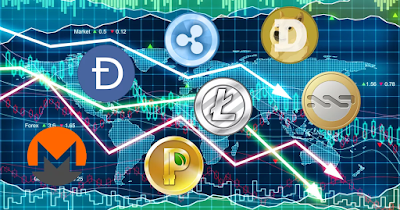“With e-currency based on cryptographic proof, without the need to trust a third party middleman, money can be secure and transactions effortless.”
- Satoshi Nakamoto
The Bitcoin whitepaper, Bitcoin: A Peer-to-Peer Electronic Cash System, was published in 2008 by Satoshi Nakamoto.
Bitcoin is revolutionizing the global payments industry and people around the world are rethinking the meaning of their money. Moreover, the underlying technology and network that process Bitcoin transactions, known as blockchain, is transforming industries as varied as banking, farming, logistics, healthcare, elections and manufacturing, to name a few.
Bitcoin creator, Satoshi Nakamoto discusses the web’s reliance on trusted third parties such as banks and credit card companies to process electronic payments. The traditional method may work for most transactions but problems do occur when financial institutions facilitate the buying and selling of goods on the internet.
Here are some of the weaknesses of traditional electronic payments involving third parties:
- Transactions can be reversed since banks must mediate disputes that inevitably arise.
Think of disputes that routinely take place between merchants, consumers and other parties, such as payment processors, PayPal or tax authorities.
- Banks’ intervention (i.e., mediation) increases transaction costs and this also limits the minimum practical transaction size. The reversibility of transactions becomes a problem when a provider has delivered non-reversible services.
Cryptography involves the use of codes and protocols to establish secure communications.
Such a system would let two parties transact directly with each other. The new method, namely Bitcoin, features the following:
- Peer-to-peer payments over an online network.
- The elimination of third parties and replacing trust with verification.
- Transactions would be irreversible and Nakamoto argues that irreversibility would protect sellers from fraud. Escrow mechanisms can be implemented to protect buyers.
- A peer-to-peer distributed timestamp server would generate mathematical proof of the chronological order of transactions. The system is secure so long as honest participants collectively control more computing power than attackers/hackers.
(content courtesy: www.bitcoin.com)

It works on speculation so can't be trusted like currwncy
ReplyDelete